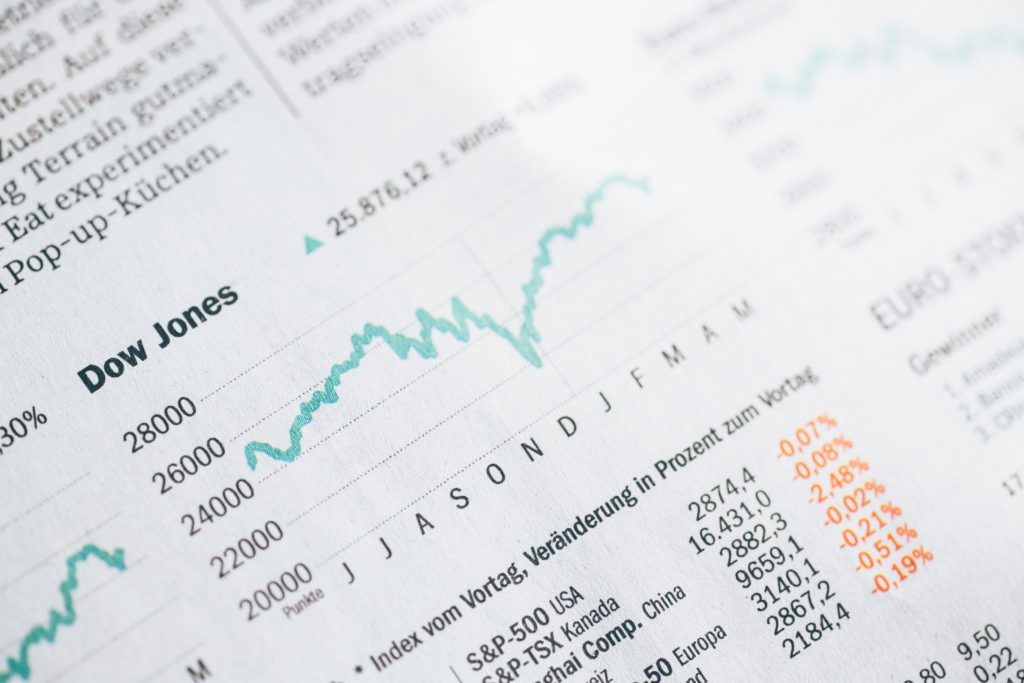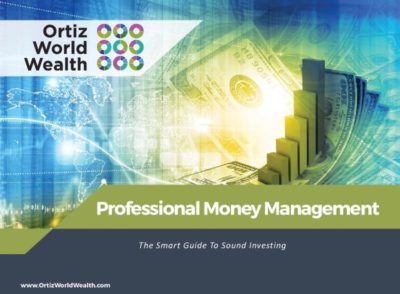
09 Dec November 2019 Market Update

November was a month of low volatility for the U.S. as well as steady growth, despite the China trade talks in a gray fog, and impeachment talks reaching new levels. The tariffs being placed on South American countries as well as China has definitely taken its toll on the American economy, especially in the agricultural sector. Yet, with all of these facts weighing her down, the U.S. economy continues to march on through these tough times.
The two main concerns with the U.S. economy continue to be manufacturing and trade (for obvious reasons), but even with these concerns, the American job market continues to hold its ground, and the rest of the country with it. Consumers are receiving good pay and spending it as well, with Black Friday sales up 20% from last year. Also, even though international equities have been a popular diversification choice for many people’s portfolios, they still trail behind American equities year-to-date. And even these numbers showed double digit gains through the first 11 months of 2019.
Some peculiar behaviors in the market came from some of our usual leaders in the market. Utilities, Real Estate, Consumer Staples, and Energy have all struggled over the last few months. While all but one of the top five performing sectors for the last two months have most recently been bottom dividend yields. This strange behavior in the market can likely be related to general uncertainty with the future of the market.
Speaking international, the U.S. dollar hit its strongest level in late September, since the first half of 2017. And although there was drops in October, the dollar rose in November creating a headwind to international returns. Many experts believe that this economic growth will continue well into 2020, especially with a relatively flat yield curve which had positive November results. However, we are all aware of the omen which an inverted yield curve brings with it, a recession. But so far, we have not seen too much of a sign of recession. That being said, all but two inverted yield curves (in the 1960s) have eventually led to a recession, weather they reversed to positive numbers or not.
With the FED claiming to have tied their own hands until, at least, the new year, and the U.S. job market as strong as ever, it seems that we are going to have to wait until after the holiday season to find out if anything is truly going to take a wrong turn. It is important to stay aware during the next few weeks, but also to enjoy the holidays. And remember, Plan Smarter Live Better.




No Comments